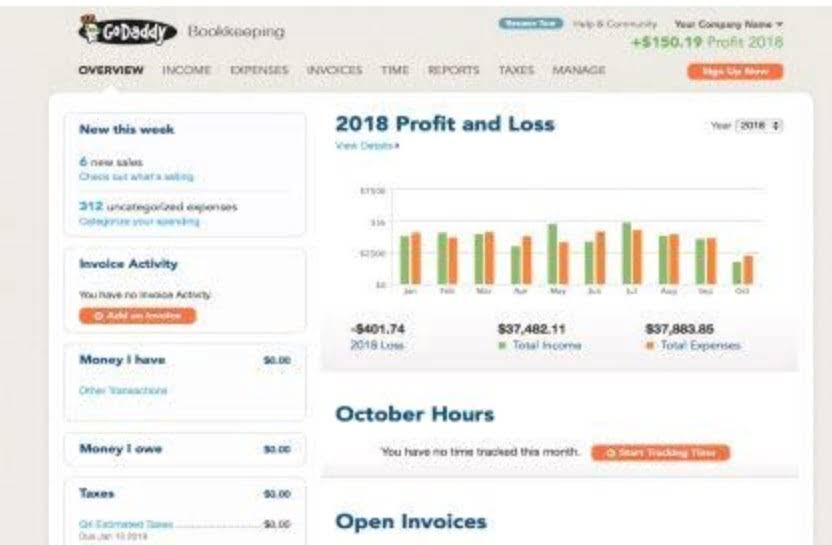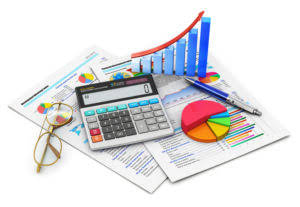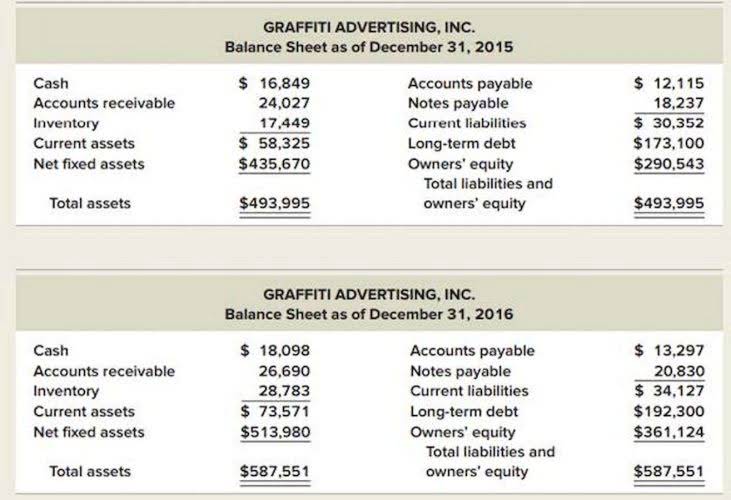وبلاگ
What is product cost and how to calculate with example LogRocket Blog
With higher margins, they can generate substantial profits on fewer sales. Pricing is a balancing act between driving profit and sales volume. But if prices are too low, the incremental sales may not generate enough total profit to justify the strategy. This approach sets prices based on the product’s perceived value to the customer rather than the cost of production. Knowing the cost to produce each unit also allows you to evaluate the overall profitability of a product line. If your profit margins are too slim, consider discontinuing that product or looking for ways to cut costs.
Optimise your logistics strategy
Examples of fixed costs are factory rent, utilities, direct labor costs/salaries, insurance premiums, property taxes, and lease payments for machinery or equipment. A low per-unit cost is an indicator of efficient production and logistics, which ensures profit is being made per sale. Of course, quality plays a role, as higher quality or premium goods CARES Act typically cost more to produce than less durable or cheaper materials.
The Impact of Warehousing on Fixed and Variable Costs
- The number of units produced directly impacts the cost per unit, as fixed costs are spread out over the total production volume.
- The total production cost is found by adding up the total fixed cost and the total variable cost.
- A team of fulfillment fanatics who care about our clients’ businesses like their own.
- Put simply, understanding the costs of developing a product, feature, or update helps you make more informed decisions throughout the product lifecycle.
- Besides, intensive marketing and competition pressures also influence production costs.
- These costs include expenses for storage, insurance, and material handling.
Cost per unit refers to the amount you spend to produce, deliver, or sell a single unit. On the contrary, the price per unit is how much you charge to your customer for each item sold. This financial metric is integral to understanding what it costs you to manufacture, deliver, or sell a unit of your product and price it accordingly. Having a process for SKU rationalization also helps you understand if a product is profitable or not. If the costs (and subsequent sales) don’t justify supporting a particular product, then it’s time to discontinue it.
- This analysis is essential in identifying where cost savings can occur and monitoring the impact of efficiency improvements in business operations.
- However, there are some basic formulas to help calculate the product cost.
- Your total variable cost will increase as the number of units produced increases.
- It implies that you have to bear them even when your production or sales is zero.
- Figure 13 displays the reestablished link between actual units and actual cost; the duration-to-cost is again linear.
The Difference Between Cost Per Unit and Price Per Unit
If a good goes to market and sells, any amount above the cost per unit will be considered profit. A portion of an electric bill is usually a service fee with the cost of lighting and powering office equipment. However, another portion of the bill may be directly related to how long your production equipment is running.
- It’s suggested to regularly monitor costs and benchmark against the industry set standards.
- That competitor can then sell ice skates for less money, which likely means fewer people will buy the more expensive ice skates.
- Cost per unit plays a crucial role in the day-to-day business operations.
- We can create ShipBob WROs directly in Inventory Planner and have the inventory levels be reflected in our local shipping warehouse and ShipBob immediately.
- However, another portion of the bill may be directly related to how long your production equipment is running.
Order Fulfillment
Start with regular cost audits and explore cost-saving measures like waste reduction and energy efficiency. Regular audits and reviews are always helpful in pinpointing and identifying areas where costs can be cut without compromising on quality. Obviously, the camera production cost will be more compared to the candle as it involves intricate components and processing steps that require sheer dedication and monitoring. how to figure out cost per unit Cost per unit is sometimes referred to as “Unit Cost” or “Unit Cost of Production”.






